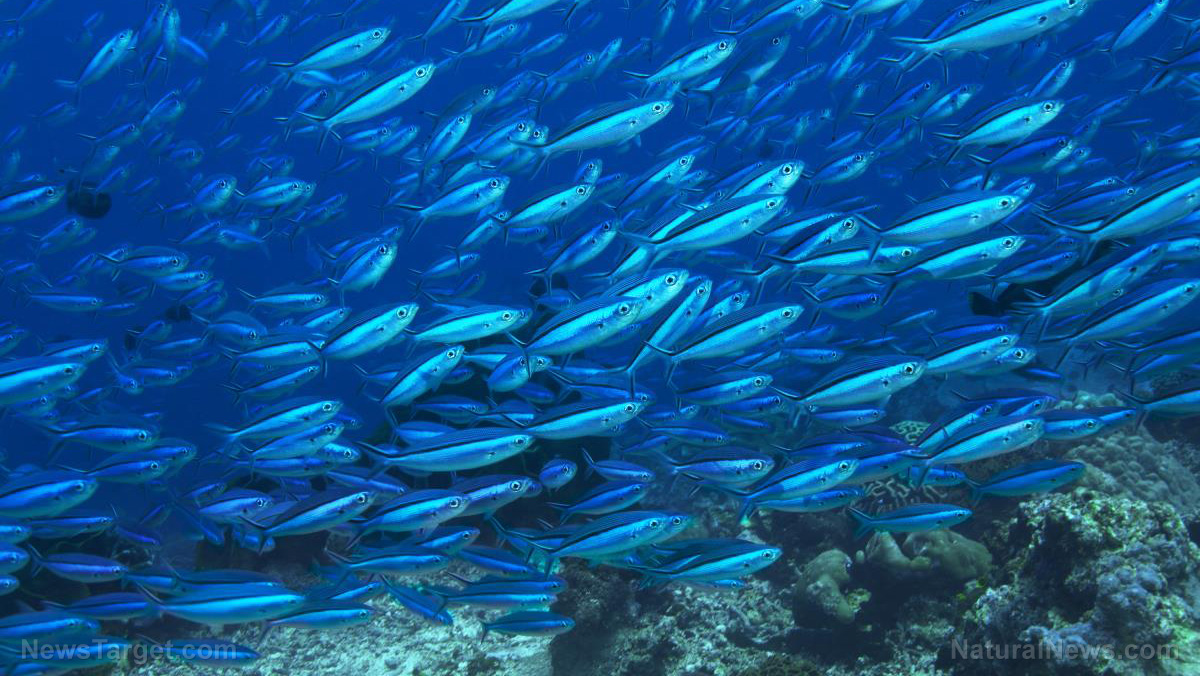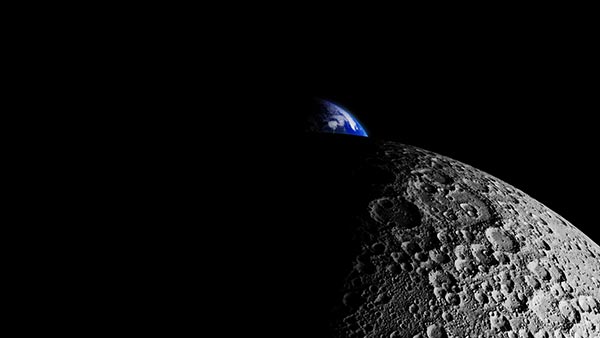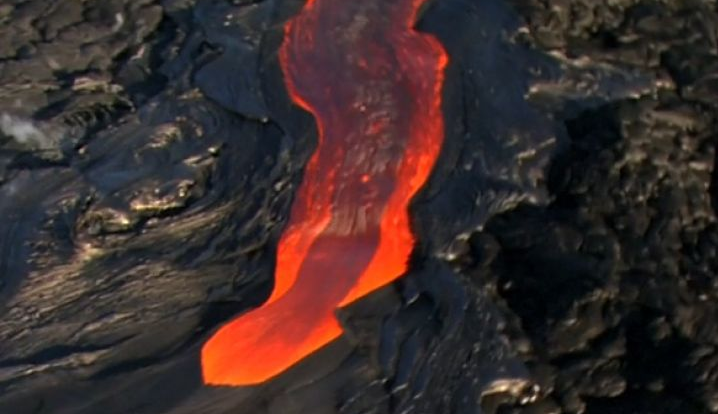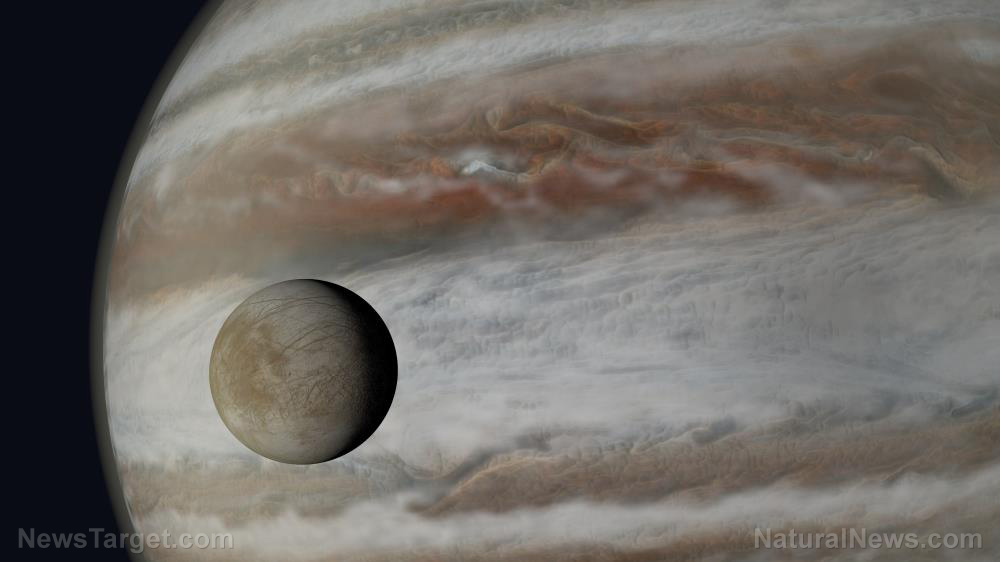
Advertisement
Those looking for signs of life outside our planet should take a look first at what’s living deep beneath the ocean’s surface, according to astrobiologists.
In a talk presented at the Astrobiology Science Conference, post-doctoral investigator Amy Smith said the Lo’ihi seamount, located just off the southeastern coast of Hawaii’s Big Island, can mimic the conditions believed to exist on the Saturnian moon, Enceladus.
According to Smith, who is currently signed with the Woods Hole Oceanographic Institution, if the Lo’ihi seamount does mirror Enceladus’ environment, the undersea volcano can potentially aid in the search for life on other celestial bodies.
“There are lots of ocean worlds in our solar system. Besides Earth, my favorite one is Enceladus,” Smith said.
Other scientists share the same opinion.
Recent observations have revealed that Enceladus – one of the 62 confirmed moons orbiting the ringed planet Saturn – may have hydrothermal vents in its seafloor – just like those found on Earth. Moreover, scientists have found evidence of hydrogen production on the moon.
This makes Lo’ihi seamount the perfect analog for extraterrestrial environments, according to scientists. (Related: Scientists revise astrobiology guidelines, significantly reducing the estimated number of planets where signs of extraterrestrial life might be found.)
Unlike most other underwater volcanoes, Lo’ihi seamount is relatively isolated from any larger faults or ridges. This isolation, according to experts, means that it does not get as hot as volcanoes located in plate-edge regions – making it much closer to the possible temperatures of the hydrothermal vents on Enceladus’ seafloor, which is theorized to be around 86 to 104 F.
What’s more, experts say Lo’ihi seamount likely has similar pressures to the icy Saturnian moon.
Let there be life
Located 3,200 feet or 1,000 meters below the surface, Lo’ihi seamount isn’t exactly what you’d consider a lush and green marine paradise. At this depth, due to the limited amount of sunlight penetrating the water, many organisms have adapted to use a process called chemosynthesis, a process wherein organisms consume elements and compounds such as hydrogen and carbon dioxide in order to build their cells and grow.
A team, put together by NASA, scoured the area in 2018 through a project called the Systematic Underwater Biogeochemical Science and Exploration Analog, or SUBSEA. The research team conducted the project aboard the National Oceanic and Atmospheric Administration (NOAA) exploration vessel Nautilus.
During this expedition, remote operated vehicles (ROVs) were sent down to Lo’ihi to collect rocks which the research team observed in order to identify the vibrant microbial community around the volcano.
“We don’t see very many typical organisms at this site,” Smith said, noting that the Lo’ihi caldera is dominated by mats of iron-oxidizing bacteria, as well as a couple of fish and a few shrimp species.
“Since this environment is similar to what we might find, we predict, on other ocean worlds, we’re hoping to get some answers as to what kinds of life might be there,” Smith said.
Previous observations by NASA, through its Cassini spacecraft, have revealed that Enceladus’ oceans are likely full of gases like hydrogen, carbon dioxide and methane, all of which contribute to terrestrial life.
Another moon, Europa, which orbits Jupiter, is also being observed as a possible habitable location, given the existence of a massive ocean beneath its icy crust.
Sources include:
Advertisement
Advertisements
















